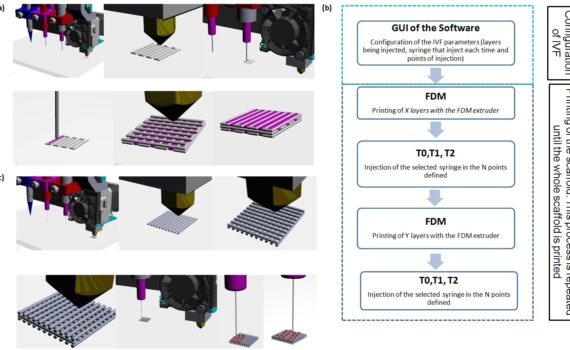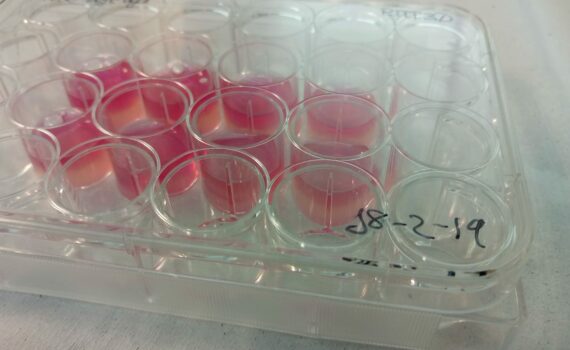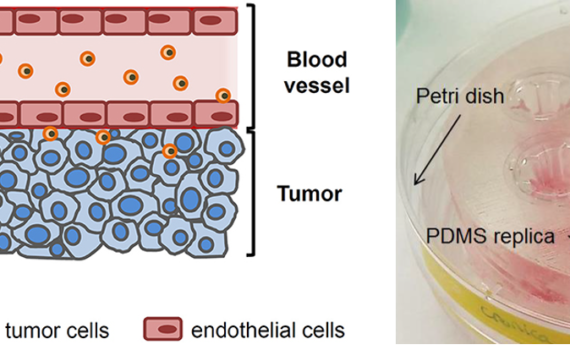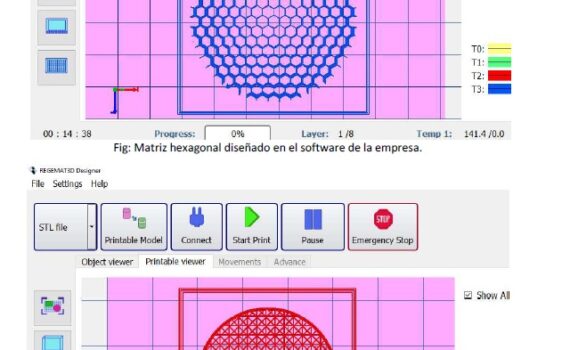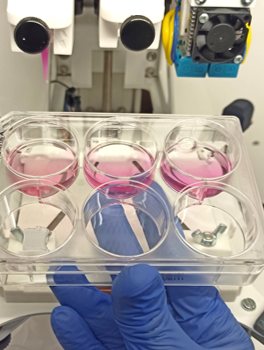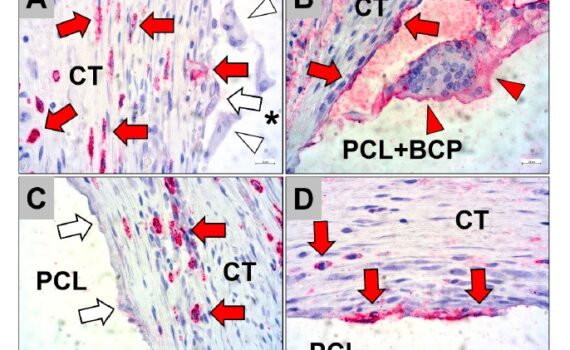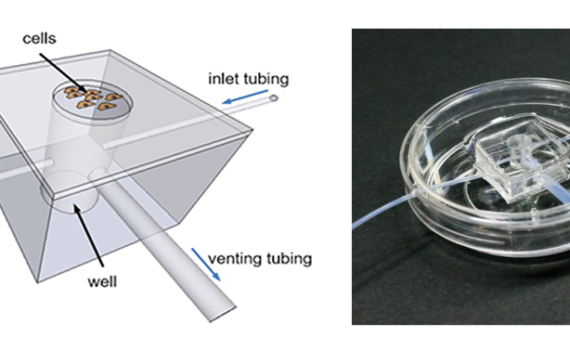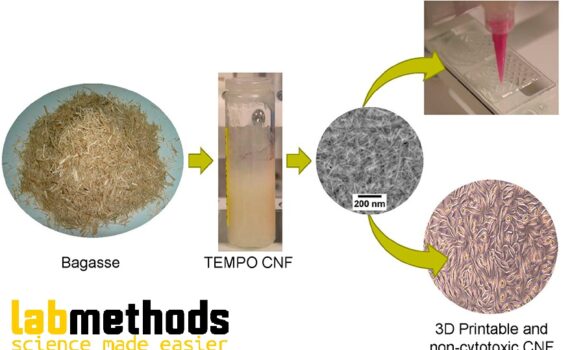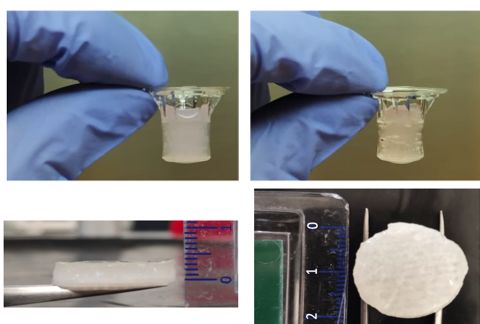+5-1 The biofabrication technique comprises two processes for every volume: first, the fused deposition of the thermoplastic polymer to obtain the scaffold and second, the injection of the bioink and CaCl2 solution to fill the printed scaffold. Firstly, commercial non-medical grade PLA (1.75 mm filament) was used and it […]
3D bioprinting technology
+100 Introduction: Injuries to the knee meniscus commonly lead to osteoarthritis. Current therapies for meniscus regeneration, including meniscectomies and scaffold implantation, do not achieve complete functional tissue regeneration. This has led to increased interest in cell and gene therapies and tissue engineering approaches to meniscus regeneration. The implantation of a […]
+40 Introduction Hypoxia is a common characteristic of many solid tumors that has been associated with tumor aggressiveness. Limited diffusion of oxygen generates a gradient of oxygen availability from the blood vessel to the interstitial space and may underlie the recruitment of macrophages fostering cancer progression. However, the available data […]
+110 In recent years, the development and use of biomaterials has undergone a great advance because they have made it possible to improve people’s life expectancy, improve surgical techniques and, on the other hand, successfully develop implants and medical devices capable of working properly in contact with tissues of the […]
+70 Introduction Choosing appropriate biomaterials for fabricating a bioink is a fundamental step in3D bioprinting. While a wide variety of biomaterials can be used, hydrogels have been pointed as attractive materials for bioink preparation, since they can provide a highly hydrated and permeable 3D polymeric structure with tunable mechanical and […]
+30 In this method we describe the parameters to FDM bioprint scaffolds for Bone regeneration Composed by of 80% PCL that had a MW 80,000 (Polysciences Europe, Hirschberg an der Bergstraße, Germany) and 20% of the synthetic biphasic calcium phosphate bone substitute material (BCP) (synprint, ScientiFY GmbH, Berlin, Germany) with […]
+30 3cc X- gel-Ma INX ready-to-use syringes were loaded and the bioprinted using the V1 REGEMAT3D bioprinter, equipped with the REGEMAT3D Designer Version 1.5, REGEMAT3D, Granada, Spain. Grids having a 10mmx10mm in width and length and 1mmx1mm as pore size were printed directly on the glass for testing purposes. The […]
+30 Introduction Organ-on-a-chips are defined as physiological organ biomimetic systems built on microfluidic devices. By combining cell biology, engineering and biomaterial technology, the microenvironment of the chip is able to simulate tissue interfaces and mechanical stimulation of the native organ. They are in the list of top 10 emerging technologies […]
+30 CNF Nanocellulose gels (2 wt %) were used as inks for 3D printing. The 3D printing was performed with a Regemat3D bioprinter (version 1.0), equipped with the Regemat3D Designer (version 1.8, Regemat3D, Granada, Spain). Grids having a diameter of 20 mm and a height of 2 mm were printed […]
+70 Introduction The skin is an important protection of the body against the external environment. Its structure formed by the epidermis, dermis and hypodermis, constitutes a fundamental role for its function of physical barrier, thermoregulation, homeostasis and immunity. The importance of these functions is especially evident in the physiological disorders […]

